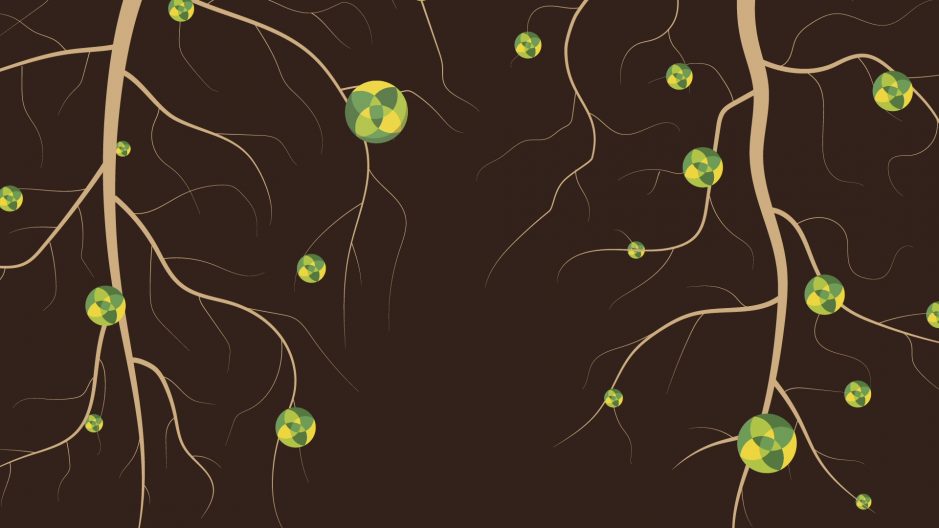RealAg Radio Product Spotlight: Dr. Alan Blaylock Explains Why Sulfur Fertilizer Is Gaining Popularity
Nutrien Senior Agronomist Dr. Alan Blaylock tells RealAg Radio why everyone is talking about this essential plant nutrient—sulfur. Listen to the interview below or read Dr. Blaylock’s answers below.
Why all the recent interest in sulfur?
Sulfur is an essential plant nutrient and crop yields have been increasing, so that means that we need more of a lot of the essential nutrients. For sulfur specifically, a lot has been deposited from the atmosphere—coal-burning power plants, manufacturing—over the decades has emitted sulfur into the atmosphere and that gets deposited back on the land. This is much more prevalent further east where there is a lot more manufacturing, but as we have cleaned up the emissions from a lot of these sources using low-sulfur coal or switching to natural gas or other energy sources, we have removed a lot of that sulfur from the atmosphere. What used to be deposited with the rainfall we are not getting anymore. That means, particularly with higher crop yields, that greater sulfur is needed as a fertilizer.
Nutrien has introduced the new Smart Nutrition™ MAP+MST® product. What is the product and what does it provide?
Our new Smart Nutrition product is MAP (monoammonium phosphate) enhanced with MST (micronized sulfur technology). Extremely fine sulfur particles are fused into that MAP granule for a homogeneous granule of monoammonium phosphate and sulfur. We are getting three key nutrients and the sulfur and phosphorus are in a nice ratio for most crops.
What is different about Smart Nutrition MAP+MST from some of the other sulfur options that are on the market?
One of the most common options is ammonium sulfate. It is a water-soluble fertilizer that is immediately plant available, but there are some issues with that: 1) it is going to have a high salt index, so you have to be careful about putting it with the seed, and 2) that sulfate can be lost by leaching in the same way that nitrate-nitrogen is lost. What is different about Smart Nutrition MAP+MST is the sulfur is in an elemental form, but the big difference between other elemental sulfur fertilizers is that this has an extremely small particle size (average of 15 microns). This means it will oxidize and become plant-available a lot faster than some of the other elemental sulfur products like elemental sulfurs that are fused with a clay matrix and fall apart when they get wet. These products typically have particle sizes around 80-200 microns, which is much larger than this micronized sulfur that we are putting into our product.
How should growers use Smart Nutrition MAP+MST?
Growers should use Smart Nutrition MAP+MST much the same way they use conventional MAP because it is a phosphorus source and a sulfur source. Instead of a blend with MAP and ammonium sulfate, they would use MAP+MST, and in many cases, they may want to put a little bit of ammonium sulfate with that for some immediately available sulfur. For example, canola has a strong sulfur demand early in the season when soils are cool and soil volatility is not working on that sulfur very rapidly. Put a small amount of ammonium sulfate (20-25 percent of the total sulfur) with the MAP+MST and use it the same way as conventional MAP fertilizer.
For more information about Smart Nutrition MAP+MST, please contact your local rep.





